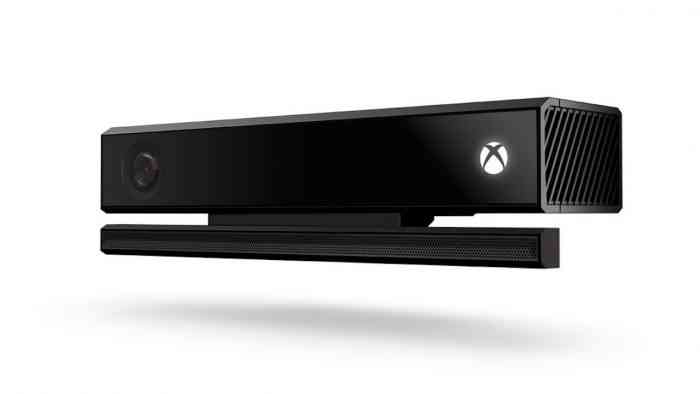So Long Kinect, We Hardly Knew Ye
After seven gruelling years with various highs and lows (but mostly lows), Microsoft has stopped manufacturing the Kinect, effectively pulling the plug on its divisive motion-sensing peripheral. This was confirmed by Co.Design, in exclusive interviews with Kinect creator, Alex Kipman, and Matthew Lapsen, the GM of Xbox Devices Marketing.

Existing stock can still be found in retail stores but once they’re depleted, finding a Kinect will be a thing of the past. Microsoft will continue to support the device for Xbox customers, but ongoing developer tools remain unclear.
Kinect was originally revealed during Microsoft’s E3 conference in 2009 as Project Natal. It was meant to be a response to the Nintendo Wii’s motion-sensing capabilities, but significantly more ambitious. By using a depth sensor and built-in microphones, games could be played through body movements or their voice. The famous line “You are the controller” couldn’t have been more straightforward. When it launched in November 2010, Kinect was a bit of a mixed bag. Certain games used the technology to great effect but the reality was that most games either were too shallow of an experience or the tech simply didn’t work.
In 2013, Microsoft took another stab at Kinect with the launch of its current console, Xbox One. Originally, it was packed into every Xbox One and designed to be part of the Xbox One experience. It was dubbed Kinect 2.0 and was considered an improvement but Microsoft’s forced messaging was troublesome for consumers. People just didn’t want to use it, and it made the Xbox One $100 more expensive overt Sony’s PlayStation 4. Not long after, Microsoft removed it from the box, sold it separately, and dropped the price of its console. Since then, Kinect has all but been removed from Microsoft’s messaging, with a small margin of games supporting the device.
While this may be the end for Kinect, the technology and the development team lives on in various forms. The voice recognition software is part of Microsoft’s Cortana voice assistant and other components are now part of Windows’ Facial ID and HoloLens.
How do you feel about discontinuing its motion-sensing accessory? Let us know down below in the comments.